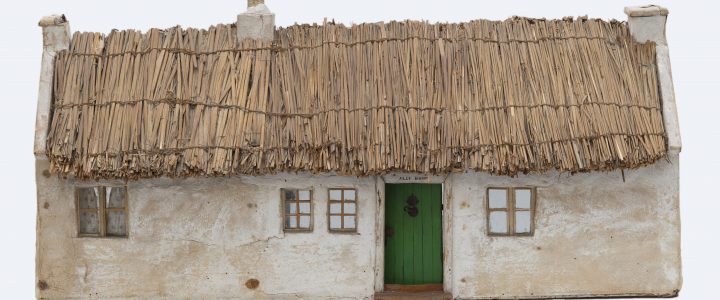Rosie Barrett, Digital Learning and Interpretation Specialist, discusses the power of object-based learning which is at the heart of our new digital learning hub – Museum of the Highlands.
From time to time, most teachers find themselves looking around for interesting ways to engage students and help them learn as school priorities change. We’ve developed the Museum of the Highlands to support exactly this, using object-based learning to enhance engagement about a range of topics to suit our 21st-century Scottish curriculum.
There are over 300 objects from a full range of historical periods and nearly 200 learning resources. I’m going to share just a handful of these resources and give a taste of the way we’ve created them to allow teachers to explore objects in innovative and creative ways, and not just in history lessons.
What is object-based learning?
For anyone new to object-based learning, the concept is actually incredibly simple. The term refers to using physical objects or artefacts as a teaching aid. The idea is that we can learn about the people of the past through their objects. We can see, touch, even smell, the things that our ancestors held and used.
Objects are tangible and real. This makes them great for younger children with more concrete thinking styles. We can hold objects, feel their weight and texture, and better understand how they might have been used or valued.
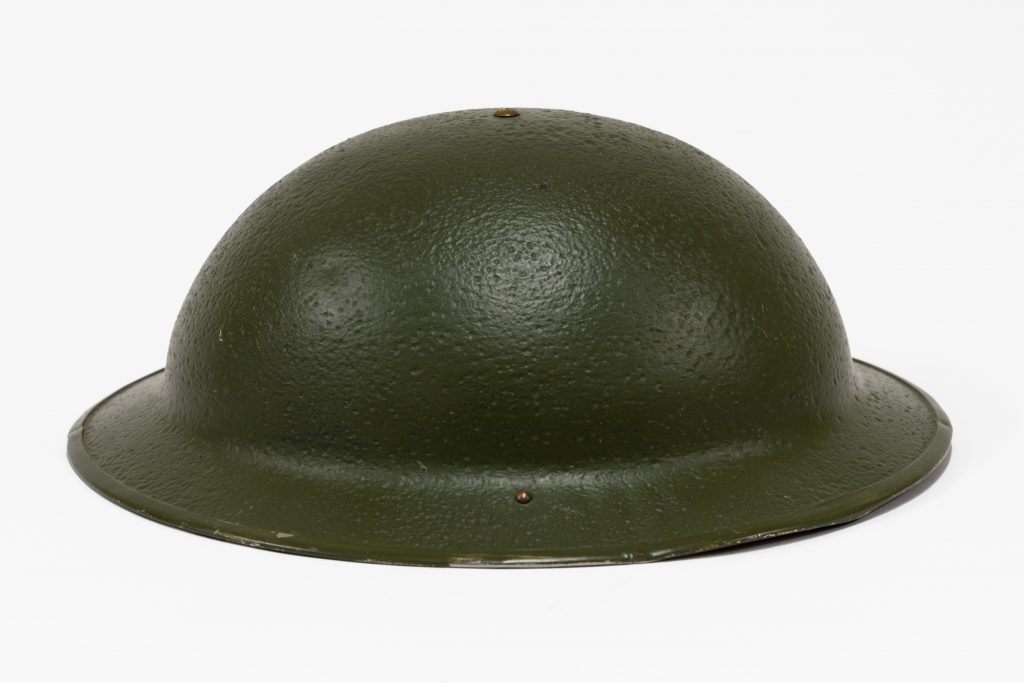
However, objects are also fantastic for developing empathy in all of us – no matter our age. By putting on a metal Brodie hat, for example, we move closer to understanding how the soldier who wore it might have felt and experienced conflict. We move closer to the proverbial ‘standing in another’s footsteps’ – in this case, wearing another person’s hat.
It can undoubtedly be a very powerful experience, holding something and feeling a physical connection. It can give us sensory information and very quickly.
However, these are great arguments for visiting museums (and for taking students to museums) – and I hope you do, lots! But the Museum of the Highlands is a digital entity. Through the site, we are definitely hoping that schools will feel supported to work more closely with the 15 featured museums and to visit them. However, we also knew that we needed to create stand-alone resources that brought the advantages of digital technology to object-based learning. We’ve pushed ourselves throughout the project to do exactly this – to share objects in creative ways that stimulate curiosity and develop thinking (among other things).
Today, I’m going to share a couple of the approaches we’ve taken.
Stimulating curiosity and catering to a range of learners
One activity, which we’ve called ‘Object in Focus’, allows students to look at objects from a range of different viewpoints by providing a series of photographs of unusual angles. It taps into students’ natural curiosity as they are able to puzzle over the different angles and try to work out what each object could be. The activity challenges us to see things slightly differently and helps to explore the objects in more detail.
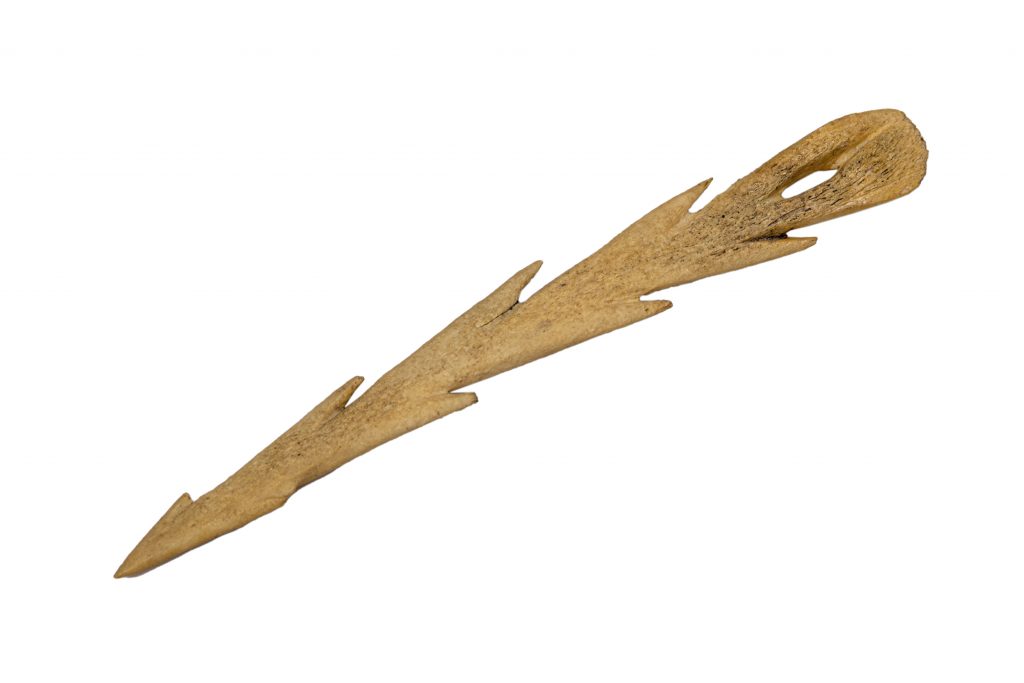
A powerful example is a prehistoric harpoon, used 5000 years ago for hunting. Looking closely at this object tells us so much! I love that you can see the wood grains so clearly, ponder on the survival of this fragile material. You can see the way that a hole has been carefully pierced so that it can be attached to a strap to help the hunter to use, manipulate and hold onto it. You can see the many barbs used for ensuring it lodged in the hunter’s prey. It’s a gruesome object, but it’s also fascinating when learning about our ancestors.
Another activity is ‘What’s the Noise?’. Here, museum staff recorded the sounds that some of the objects make. It’s another great resource for stimulating curiosity as students can puzzle over what an object could be from its sound. However, this activity also helps us to move closer to the people of the past by hearing the same things that they would have heard.
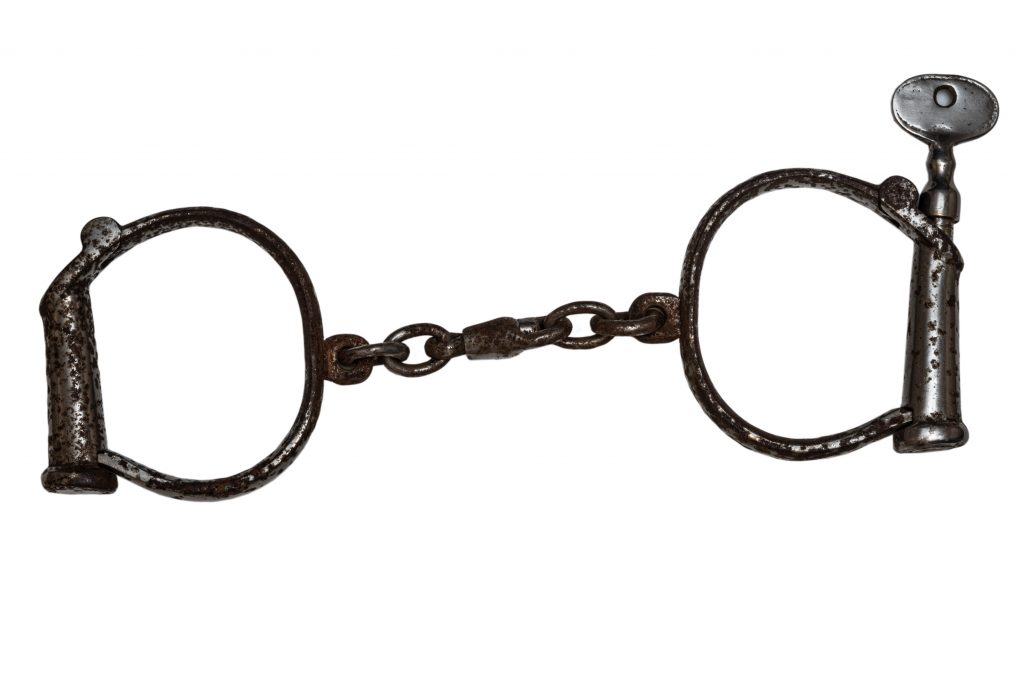
Listening to the jangling of historic handcuffs from Cromarty Courthouse Museum is very eerie and evocative! When I first heard that recording, for a moment, I was right there with the prisoner. This activity would make a great starter activity – whether you’re looking at the Victorians in primary school, the treatment of criminals for a psychology module, or even doing some creative writing in an English lesson.
Developing thinking – objects for the future
It’s easy to see how we can learn about people from the past by exploring the objects that they made, owned, used, treasured, or even discarded… However, a lot of my work as an education consultant has been focused over the years on exploring objects in ways that help us to grow and develop now, including cognitively.
I’m really interested in the huge, untapped potential of using historical artefacts in cross-curricular ways and to support the whole learner and how we think. I believe that objects from the past can help us make sense of the present and support us to work towards the future that we want for our planet.
Afterall, what is the point of studying the past if we don’t use it to inform our decisions today? The Scottish Curriculum for Excellence rightly places a strong emphasis on the role of the individual within a community, including participating responsibly in decision making. Most teachers are also passionate about supporting young learners to develop into the confident adults of the future.
One of the learning resources of which I’m really proud is the set of debating activities we’ve created. We consulted schools to find out what issues young people were interested in before developing these, then built the activities around objects from the 15 museum collections. Using the objects, we’ve scaffolded discussions around questions of importance today.
The prehistoric harpoon features as one of several objects in a debate on animal rights, as we ask: ‘Should animals have rights like humans?’. This debate builds on students’ prior learning about their own human rights and the democratic processes in Scotland, but also widens the topic in a way that is absolutely applicable to the current age when many people are considering vegan and vegetarian lifestyles.
It was really important to us that these activities didn’t have a right or a wrong answer. A key element of the development of the education resources was ensuring that young people felt able to express themselves and articulate their own viewpoints. In order to do that, they need to be able to talk through those views and work out how they feel. They also need to know that it’s perfectly legitimate to change their minds and that sometimes their friends may have different opinions.
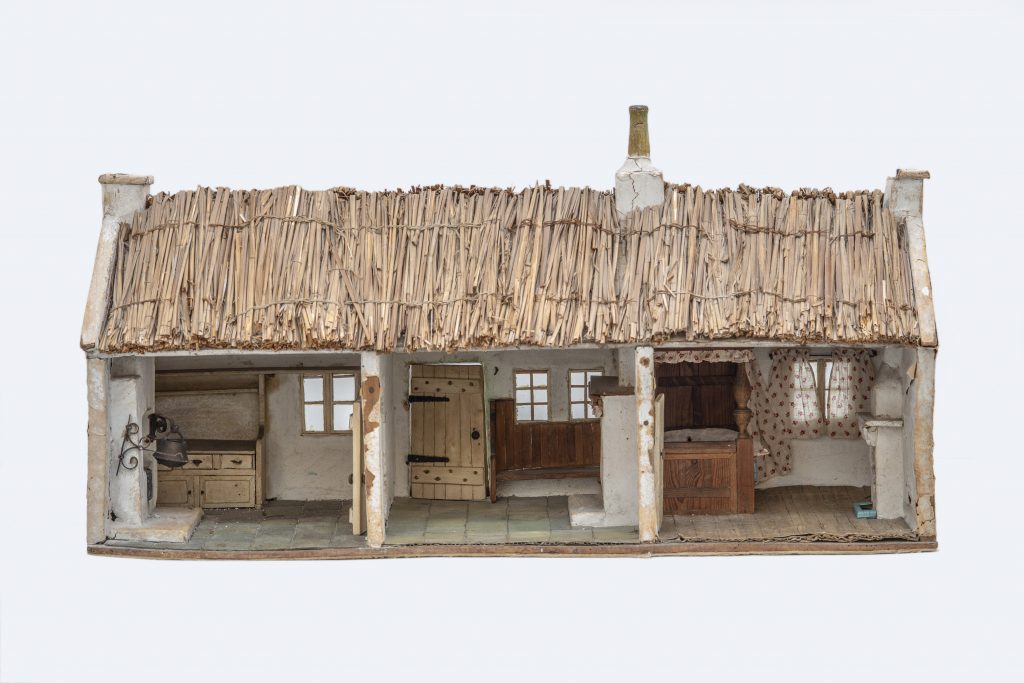
Lots of the topics, understandably, explore environmental issues, including the impact of taking holidays and the effects of fast fashion. A debate for younger children encourages them to explore a range of alternatives to buying new toys, such as making their own games. This debate is based around a beautiful handmade dolls’ house, created during the Second World War out of recycled materials during a time of toy shortages. It’s a really wonderful and very inspiring object!
I hope I’ve given you a little flavour of our take on object-based learning for a digital age! And I hope you’ll enjoy the activities we’ve put together.
The Museum of the Highlands has been generously supported by the Art Fund and Museums Galleries Scotland. It is sponsored by Ilum Studio to help it grow and thrive post launch. We are grateful to all its supporters so far.

